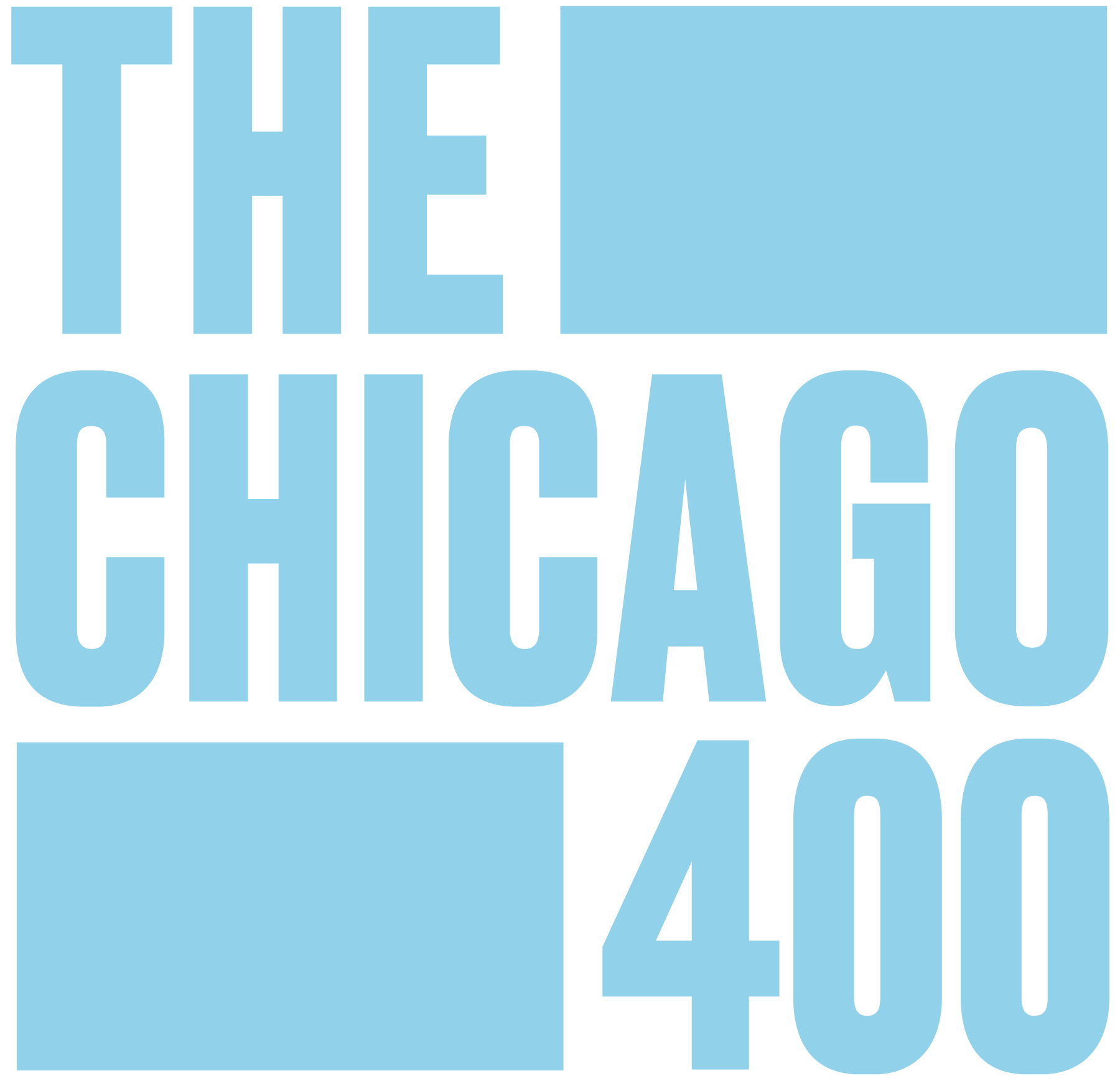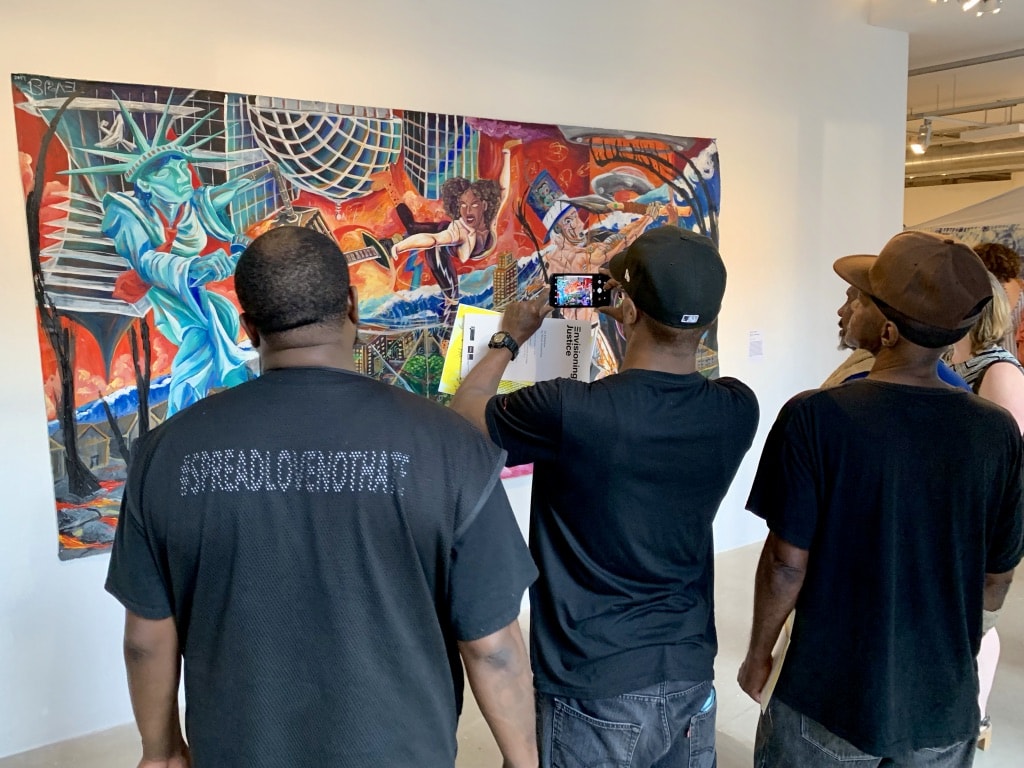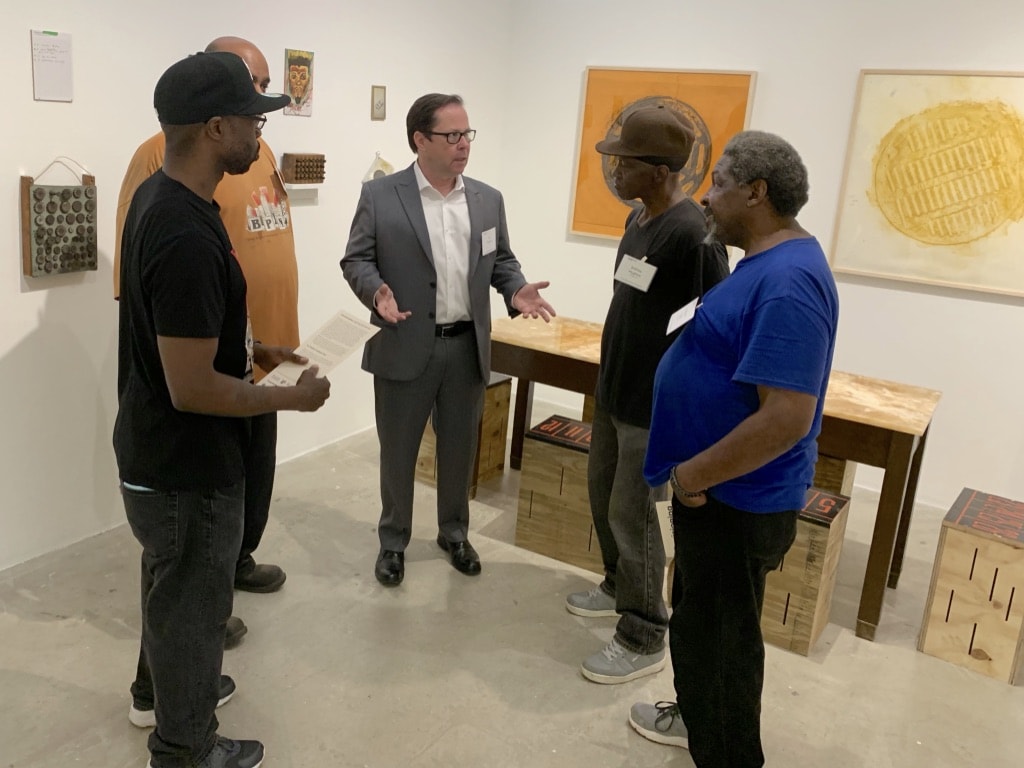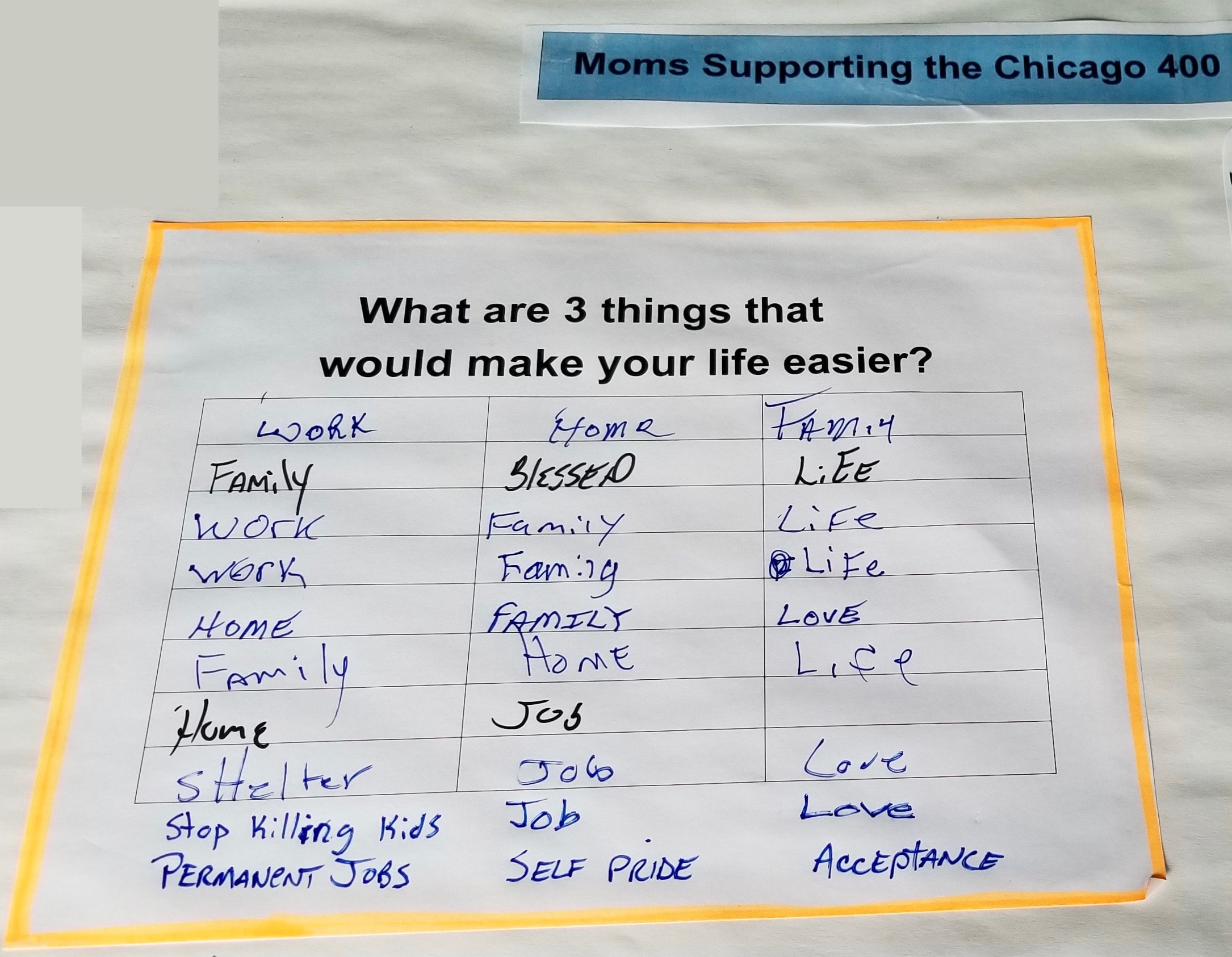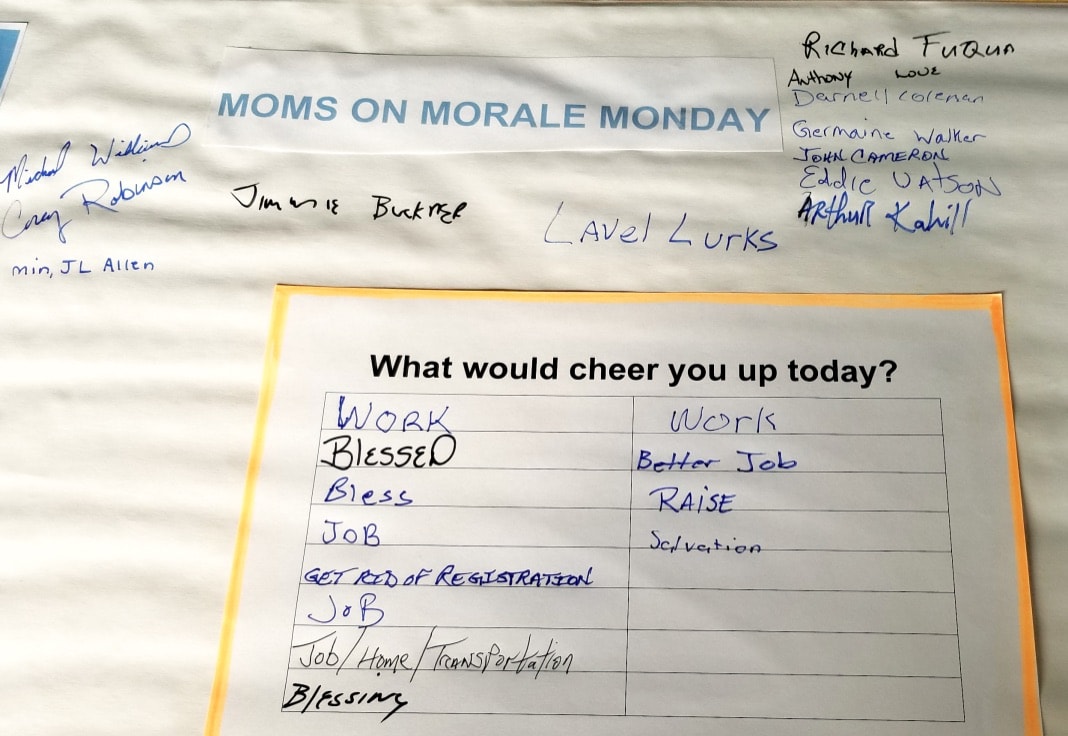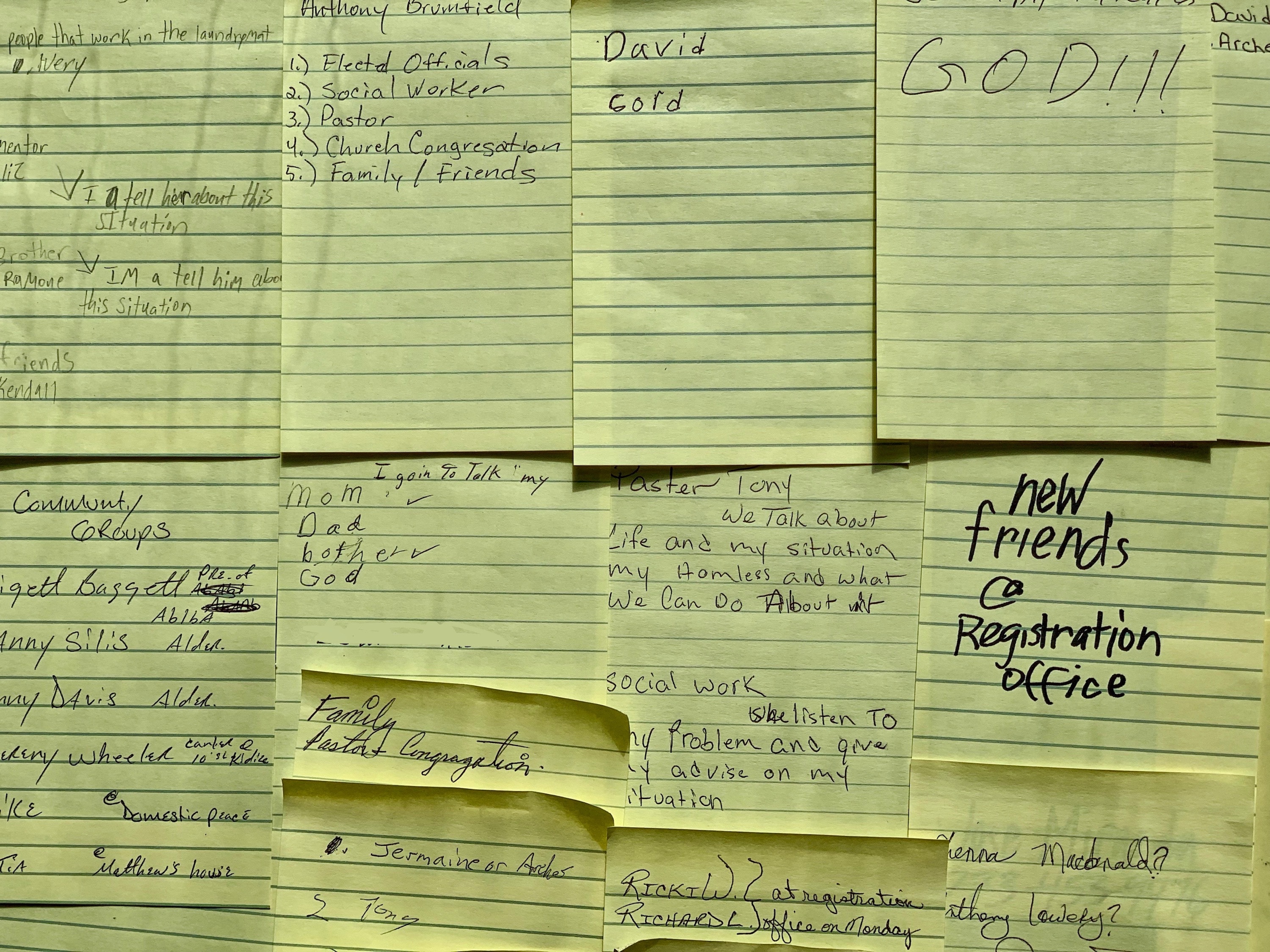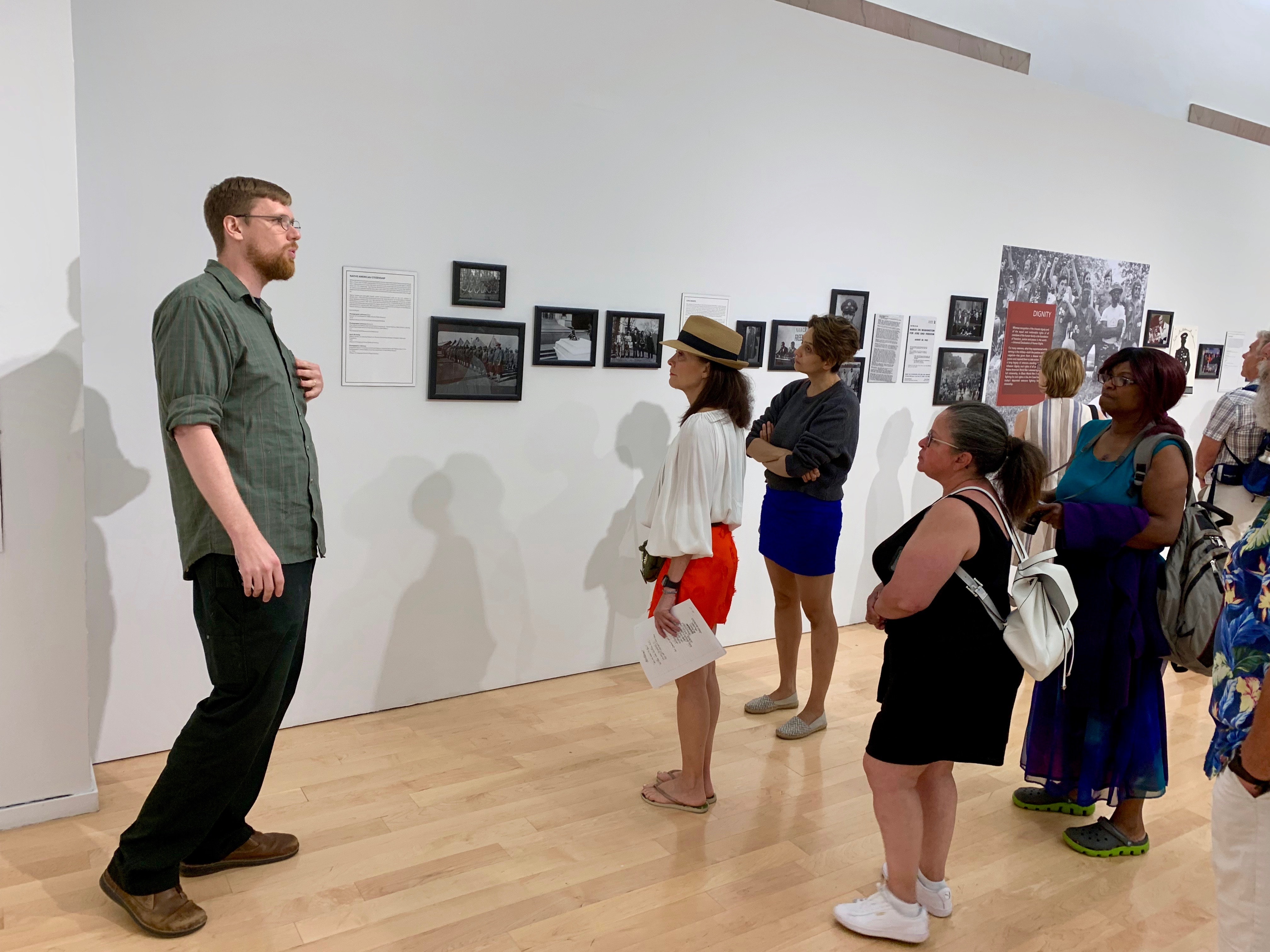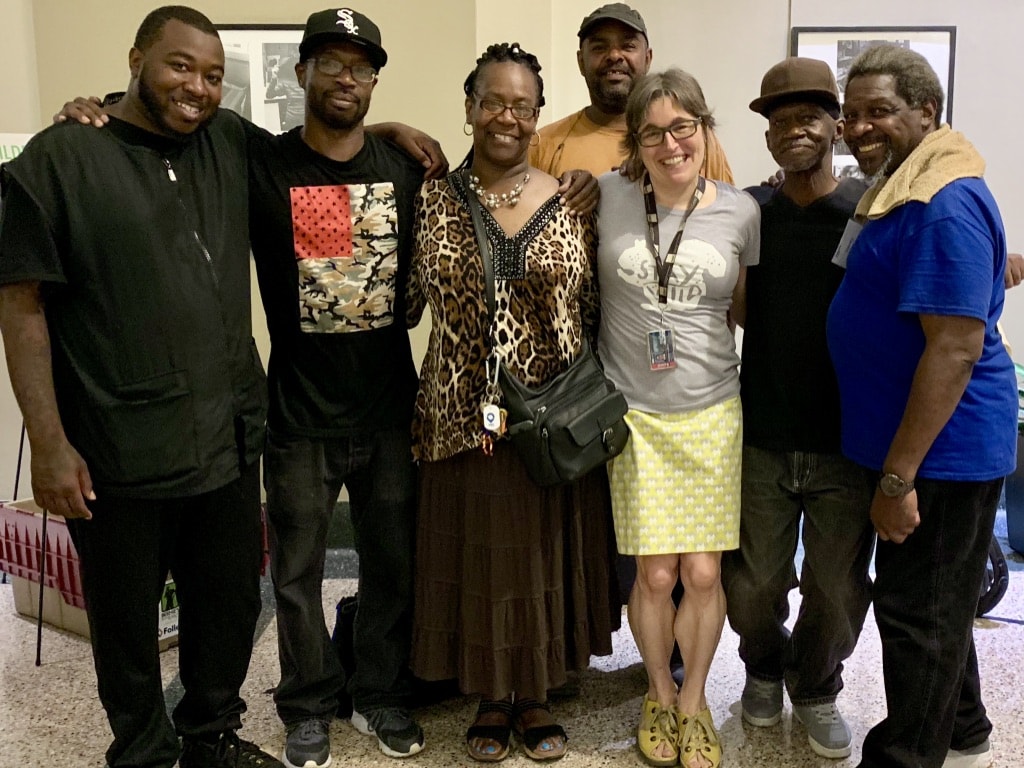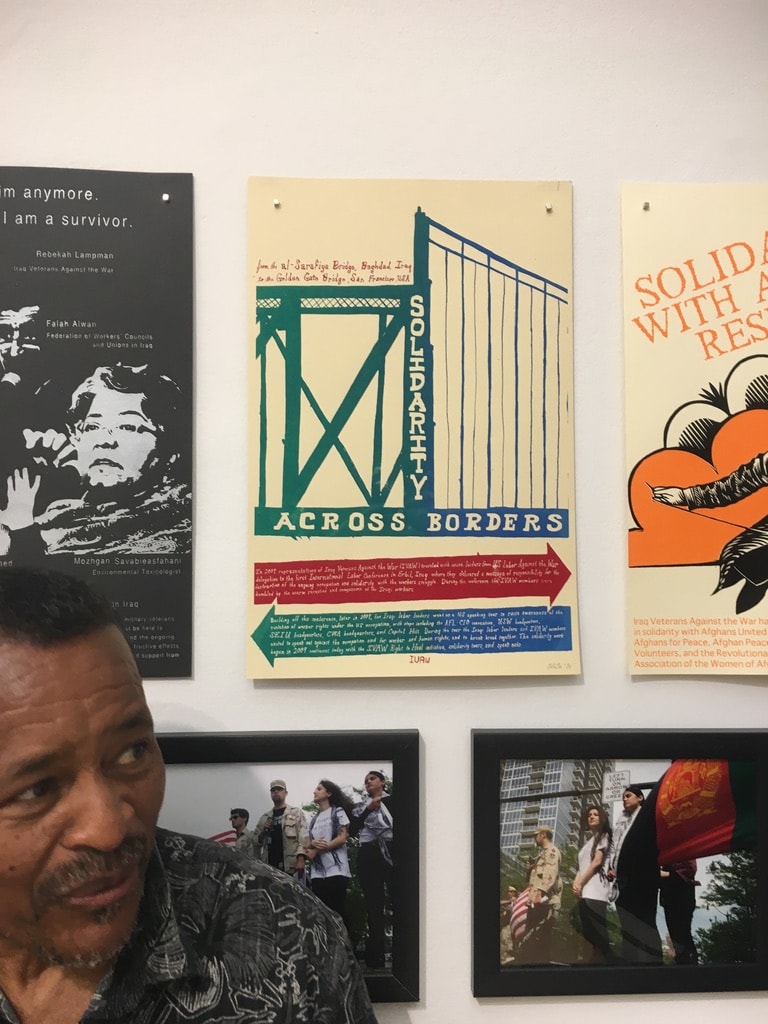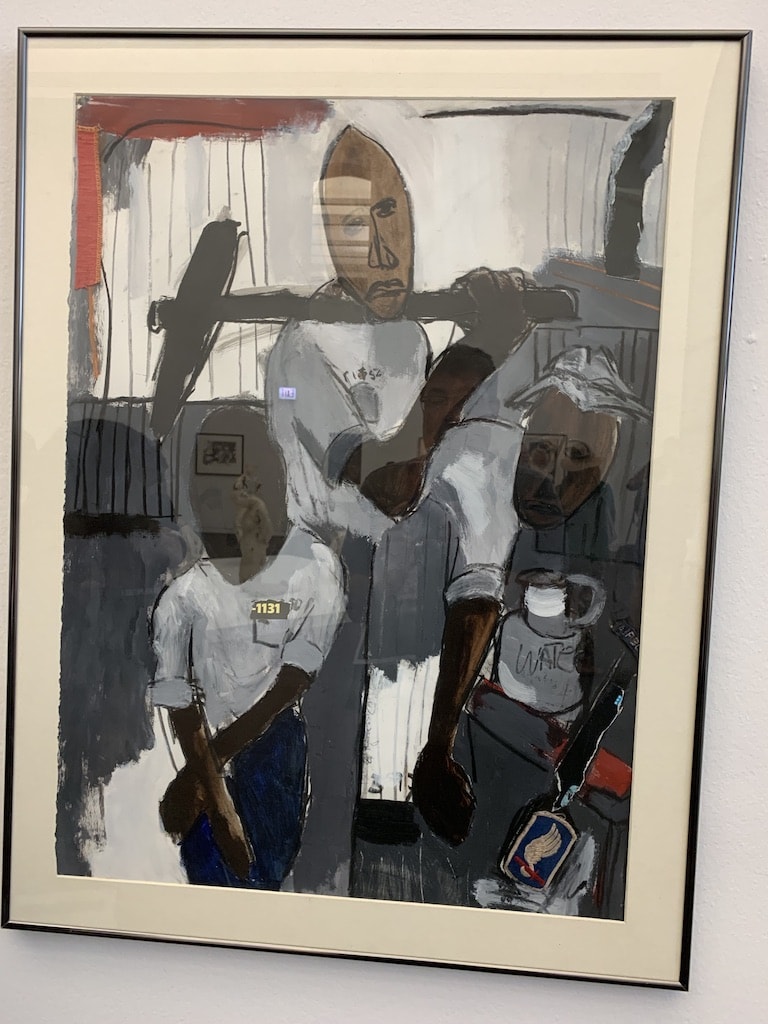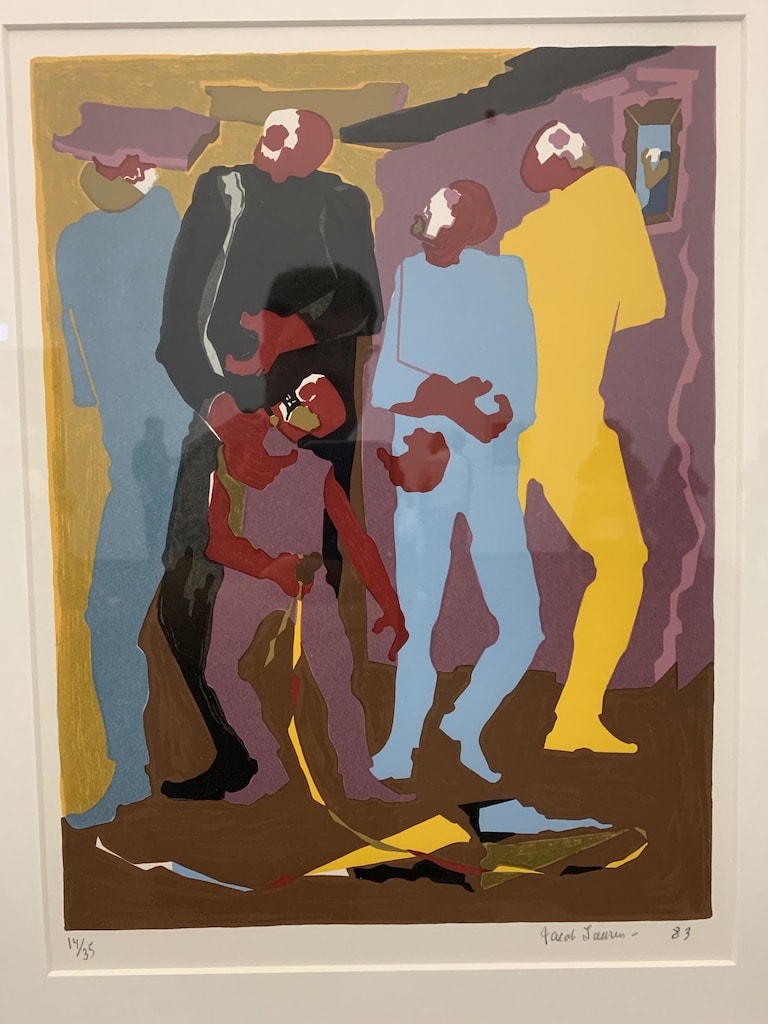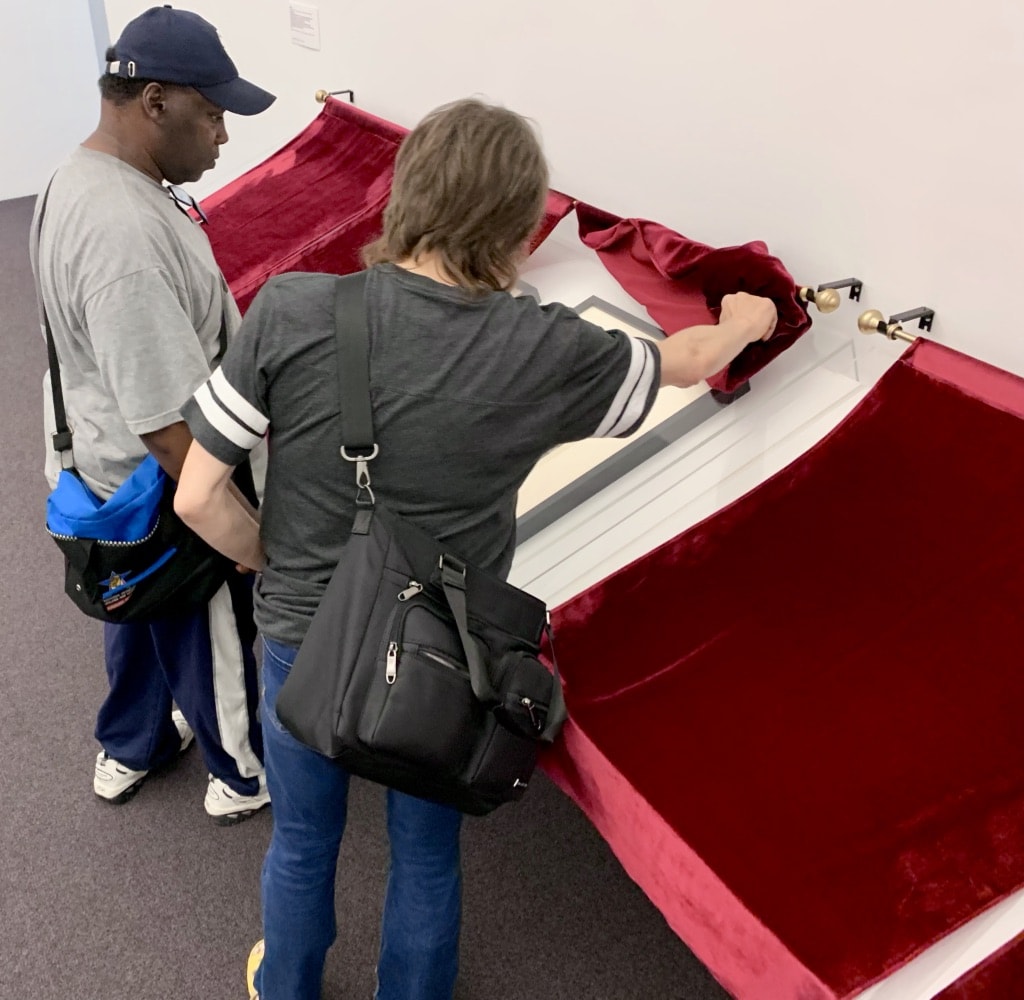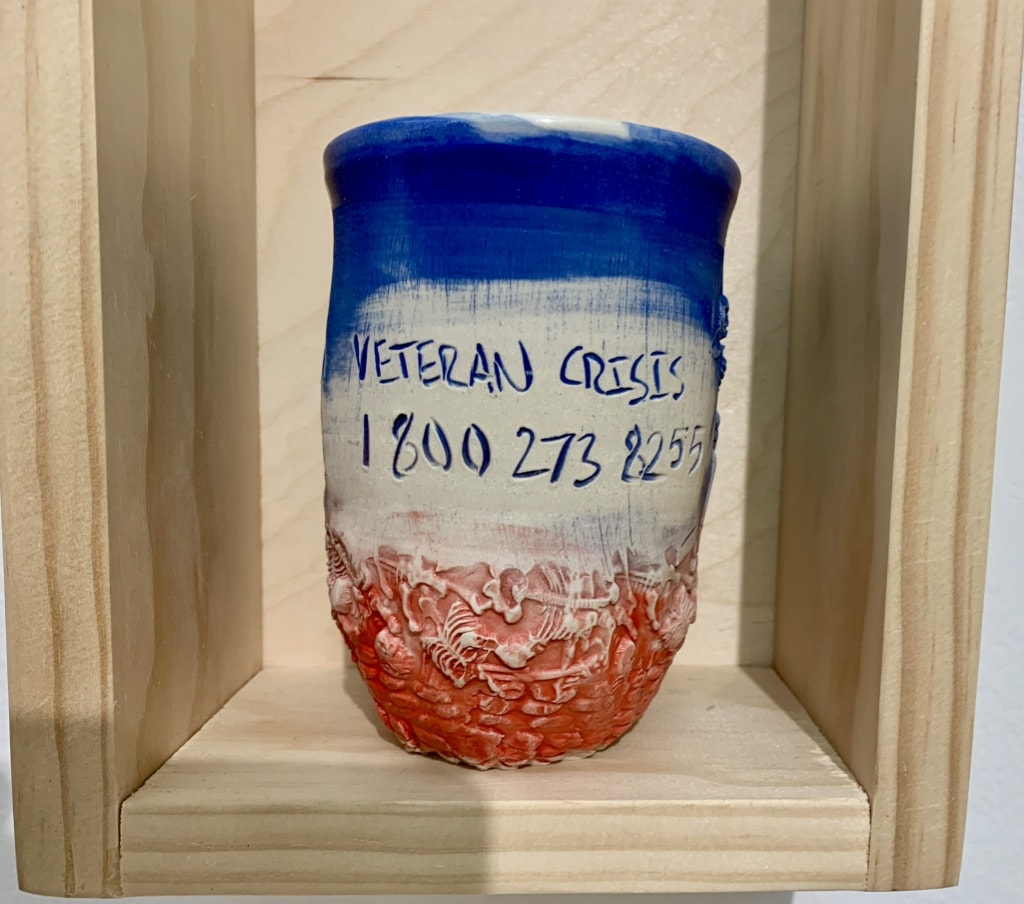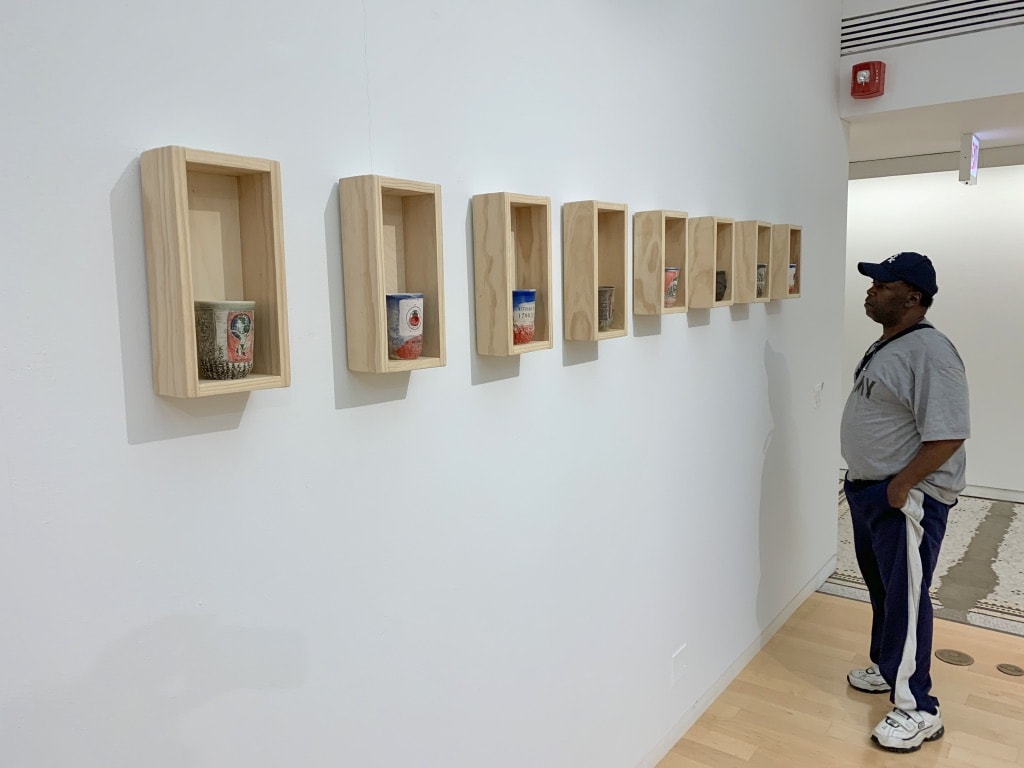Drawing, Sculpture, Sound, Performance, and Radical Social Practice
Artists, musicians, and cultural workers are supporting the Chicago 400 by sharing skills and co-producing artwork
- Chicago 400 Campaign
-
Maps
-
McDonald's Legal Talk Desk and Fellowship Programming
-
Organizing Model and Campaign Structure
-
Chicago 400 Conferences
-
Drawing, Sculpture, Sound, Performance, and Radical Social Practice
-
Why This Issue
Art with Chicago 400 members + our families
Chicago 400 members are pursuing art and cultural work as a way to help externalize and explain the intense bureaucratic maze of registry and banishment laws that has defined their lives and their families' lives for years and decades. Some would like to talk about their past experiences with trauma and violence—both experiencing it and causing it. Some want to use art and narrative forms to correct the drumbeat of misinformation about themselves and their comrades. Others want to represent the impact of extreme and total social exclusion because of government policies. Some are already artists with non-traditional training and techniques. Some are becoming artists.
Local artists, graphic designers, and cultural workers are supporting the Chicago 400 in their efforts to challenge lifetime banishment and registry laws and make these senseless policies visible. Through programming at McDonalds, workshops, and special field trips, they are working with the Chicago 400 to produce work for cultural venues, such as the show at the Drawing Center in New York. Please consider working with the Chicago 400.
The public supports extreme and exceptional laws because they have never spoken to the people they demonized to justify them.
Our campaign asks: "Have you ever spoken to the people you have demonized?" For too long, survivors of violence and survivors of prison have watched as policies claiming to advance public safety in fact have the opposite effect. Our registry and banishment laws systematically displace, exclude, and reincarcerate people with past convictions, while failing to prevent victimization or support survivors, especially those with criminal records. Laws that lead to economic distress, homelessness, and isolation weaken the resilience of families and communities experiencing both crime and incarceration. They target and scapegoat those who have already been held accountable for their actions.
Meeting on the sidewalk is a radical social practice
The sidewalk in front of the police station is our key point of communication across the campaign. It where frontline volunteers meet the men and women as they wait in line to register. It is where the Chicago 400 provide critical information about what is happening with their cases and with police policies. We consider this a radical social practice—taking the time to meet, talk to, and support the people who bear the brunt of our exceptionally cruel criminal legal system.
A form of witnessing
Even though they often wait at the police station, the Chicago 400 are often told they will be locked-up for standing on the sidewalk talking to volunteers. Yet family members, caregivers, and volunteers are not allowed to enter the police station with those waiting all day to register. The sidewalk is the point of contact—the closest place volunteers can stand to talk to people registering. We seek to collaborate with artists and musicians to transform the sidewalk from an exclusion zone to a place of support, protest, opportunity, beauty, futility and/or absurdity. Some of the moms have already started doing this with Morale Mondays.
Why art?
Artistic research is the most enlightening way for us to examine the systems, relationships, and phenomena that become the forcefield in the background of our lives. We welcome artists with experience in drawing, performance, audio, or any other radical social practice to work with the Chicago 400 members via workshops, lessons, and/or artistic and cultural tours. The activities we have already participated in have been the most rewarding and energizing part of the campaign for all of us.
Where we can't go
Most Chicago 400 members are banished from the entire lakefront and 57-acre museum campus including the Art Insitute of Chicago, School of the Art Institute of Chicago (Columbus Building), Field Museum of Natural History, Museum of Science and Industry, Adler Planetarium, Pritzker Pavilion, Buckingham Fountain, Millenium Park, Grant Park, Jackson Park, Burnham Park, Northerly Island, along with the Dusable Museum of African American History and nearly all other public cultural assets. The Chicago 400 are also banished from and can't be physically present within a radius of about one city block around all sports fields, parks, bike trails, or schools.
